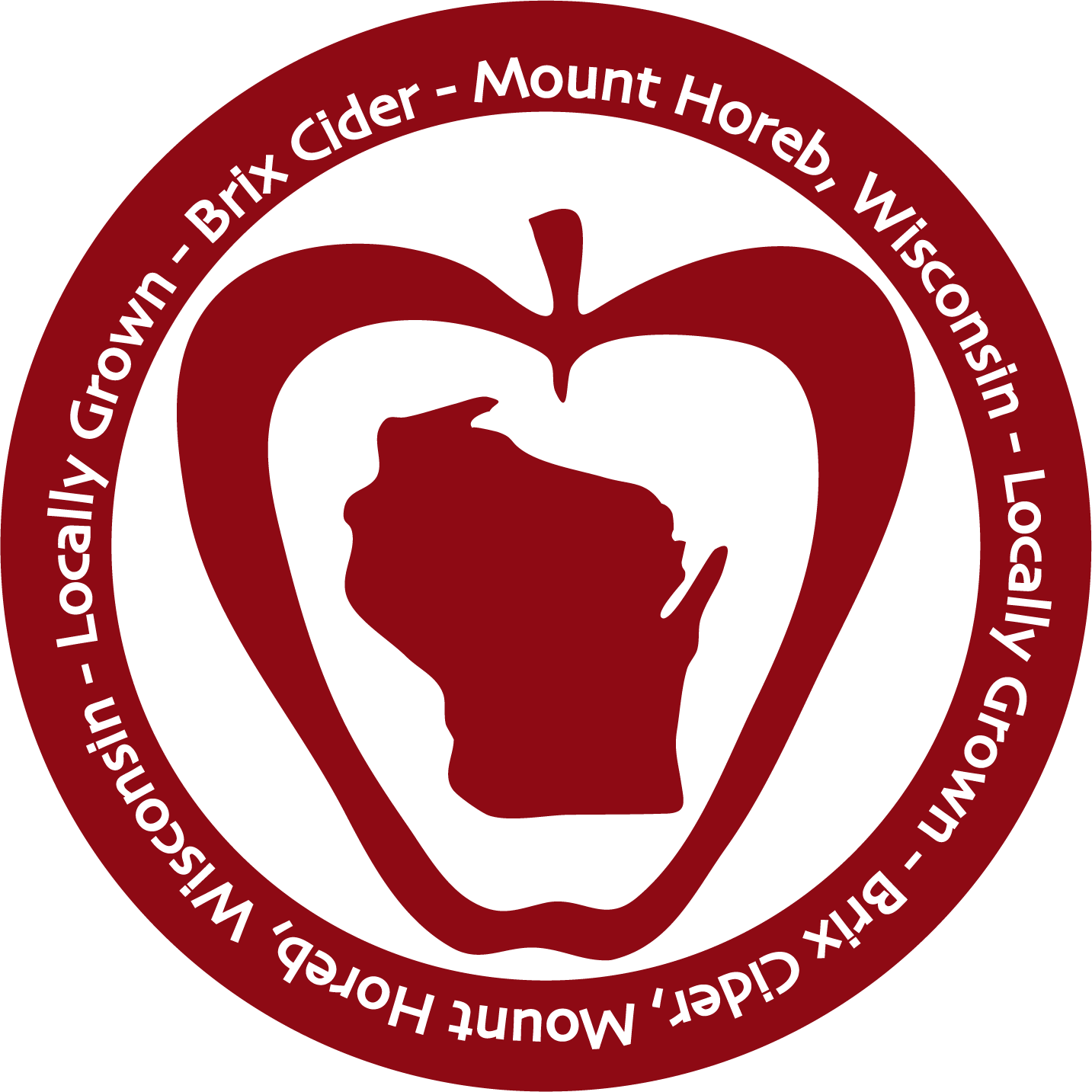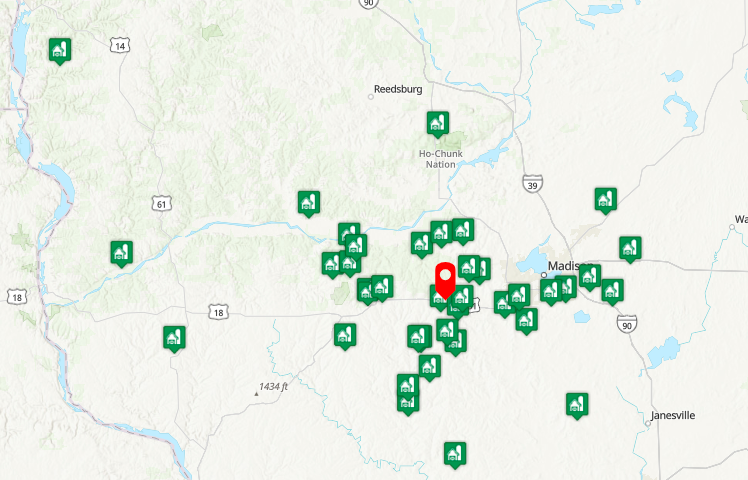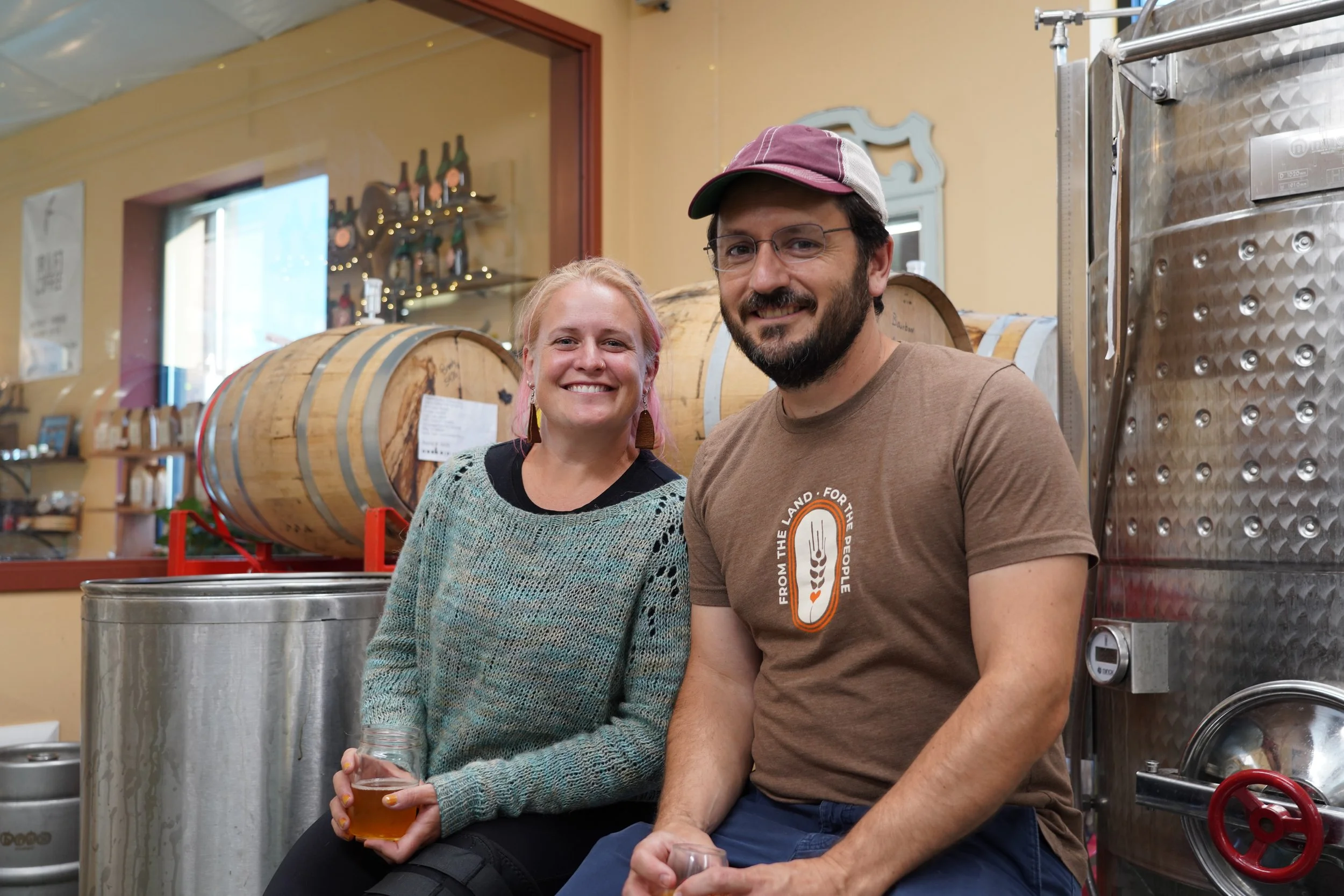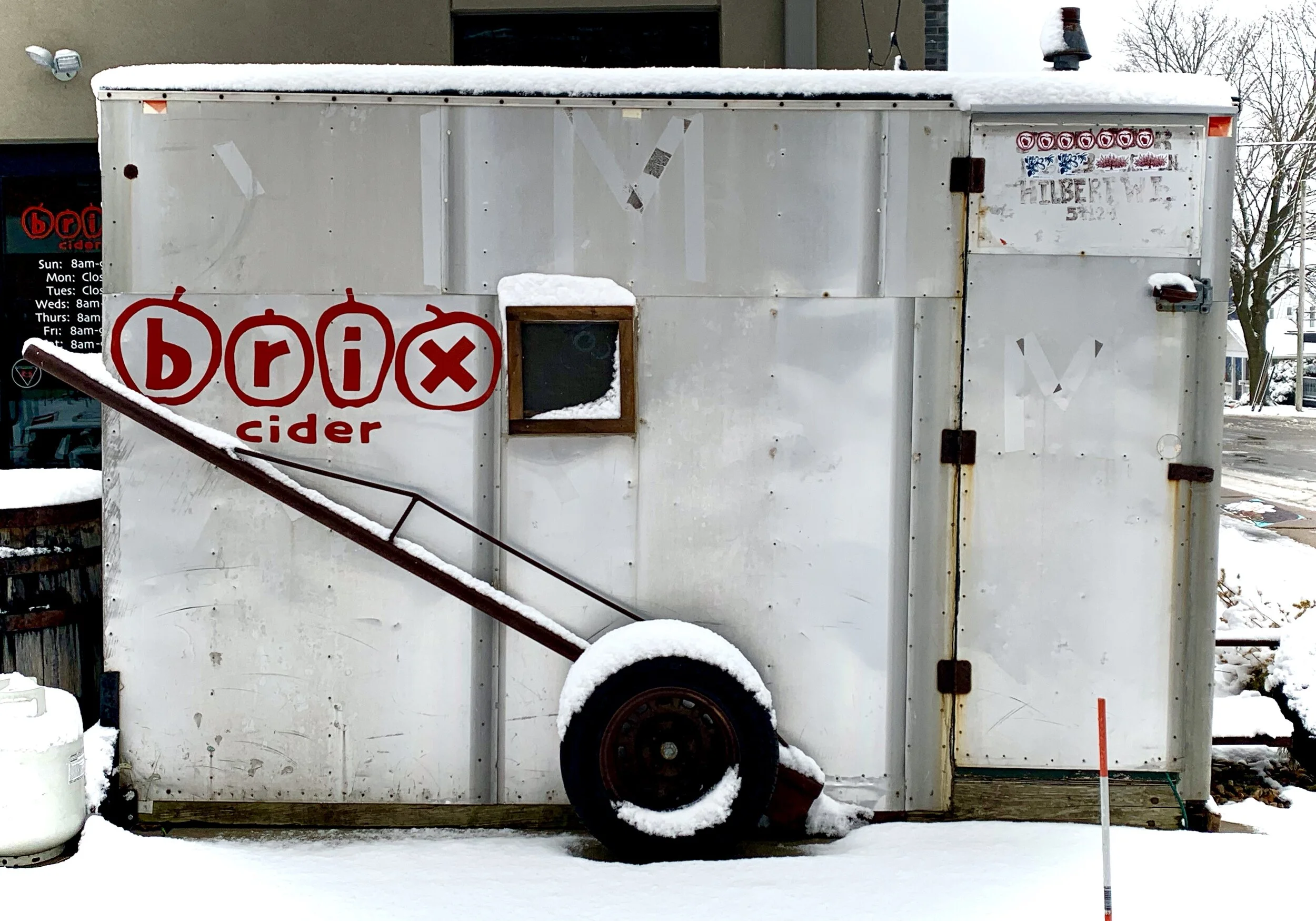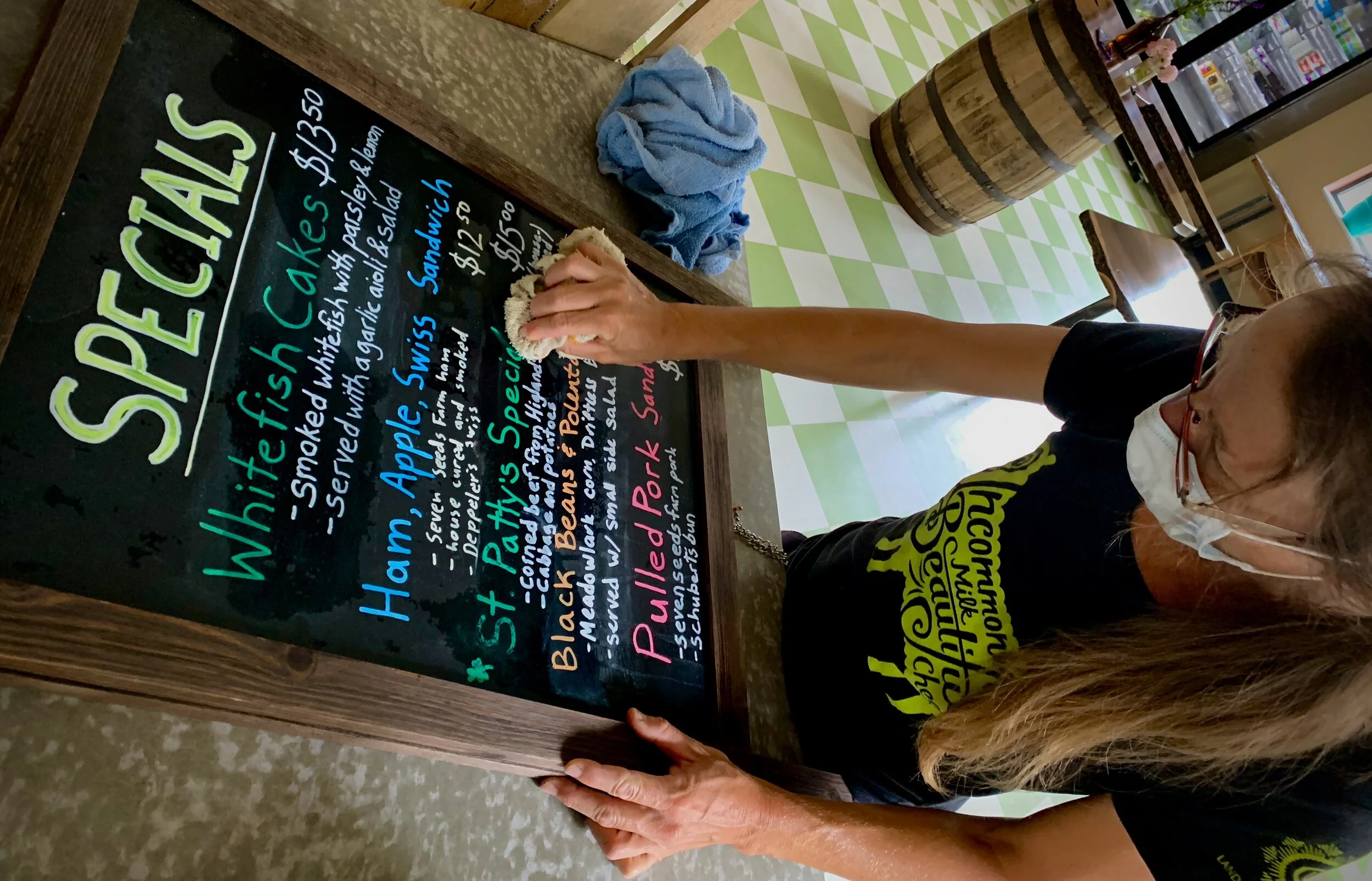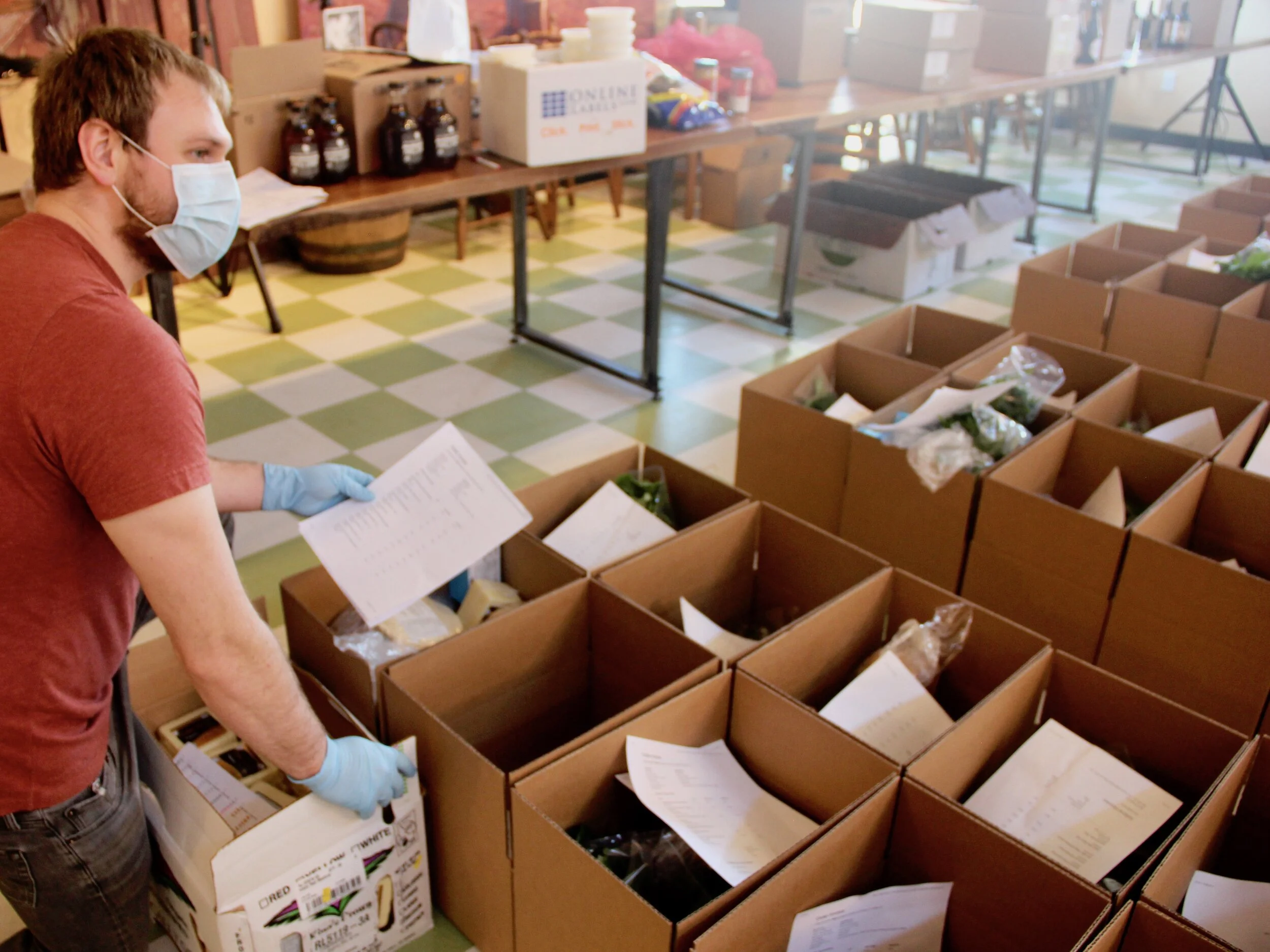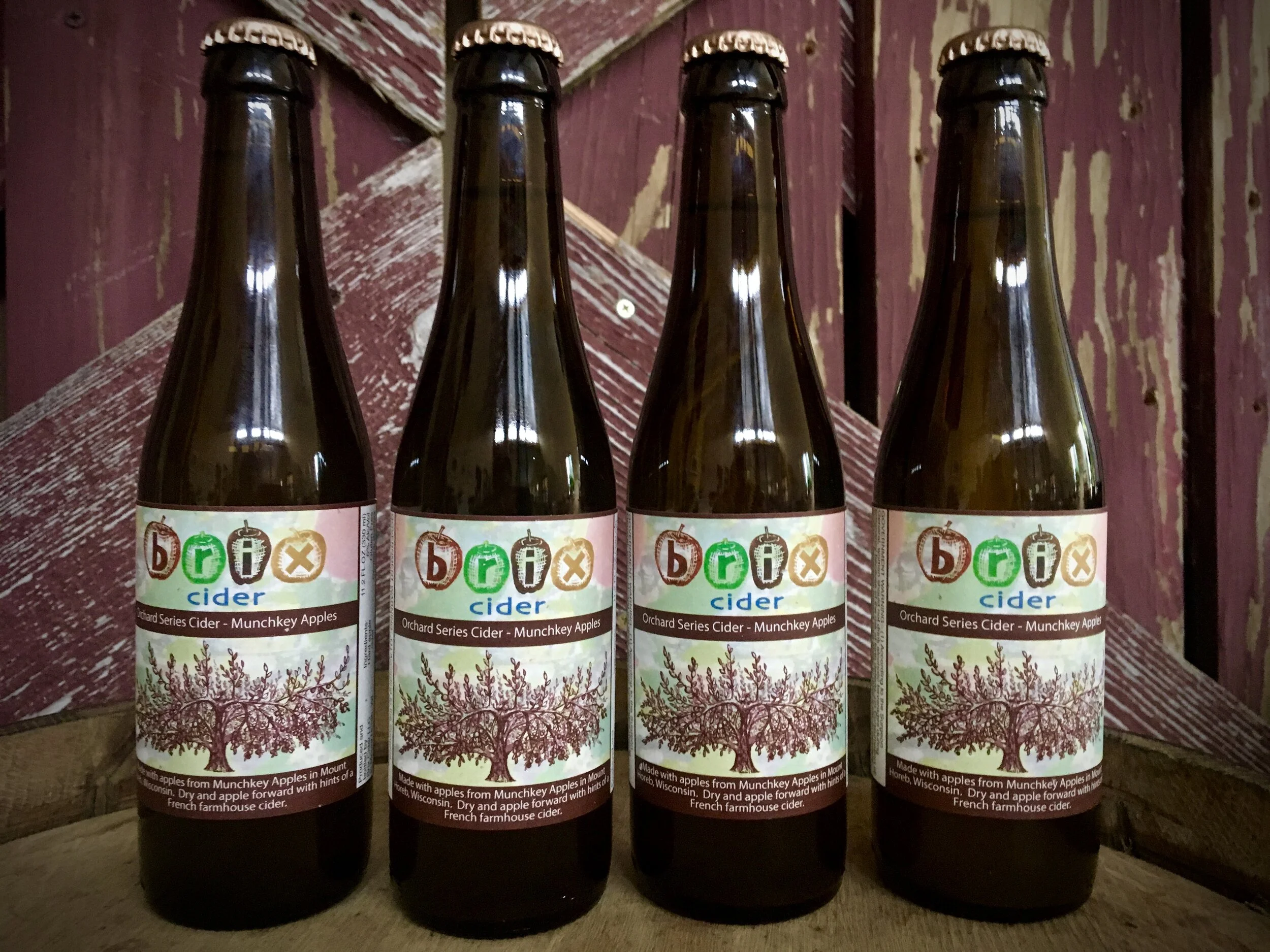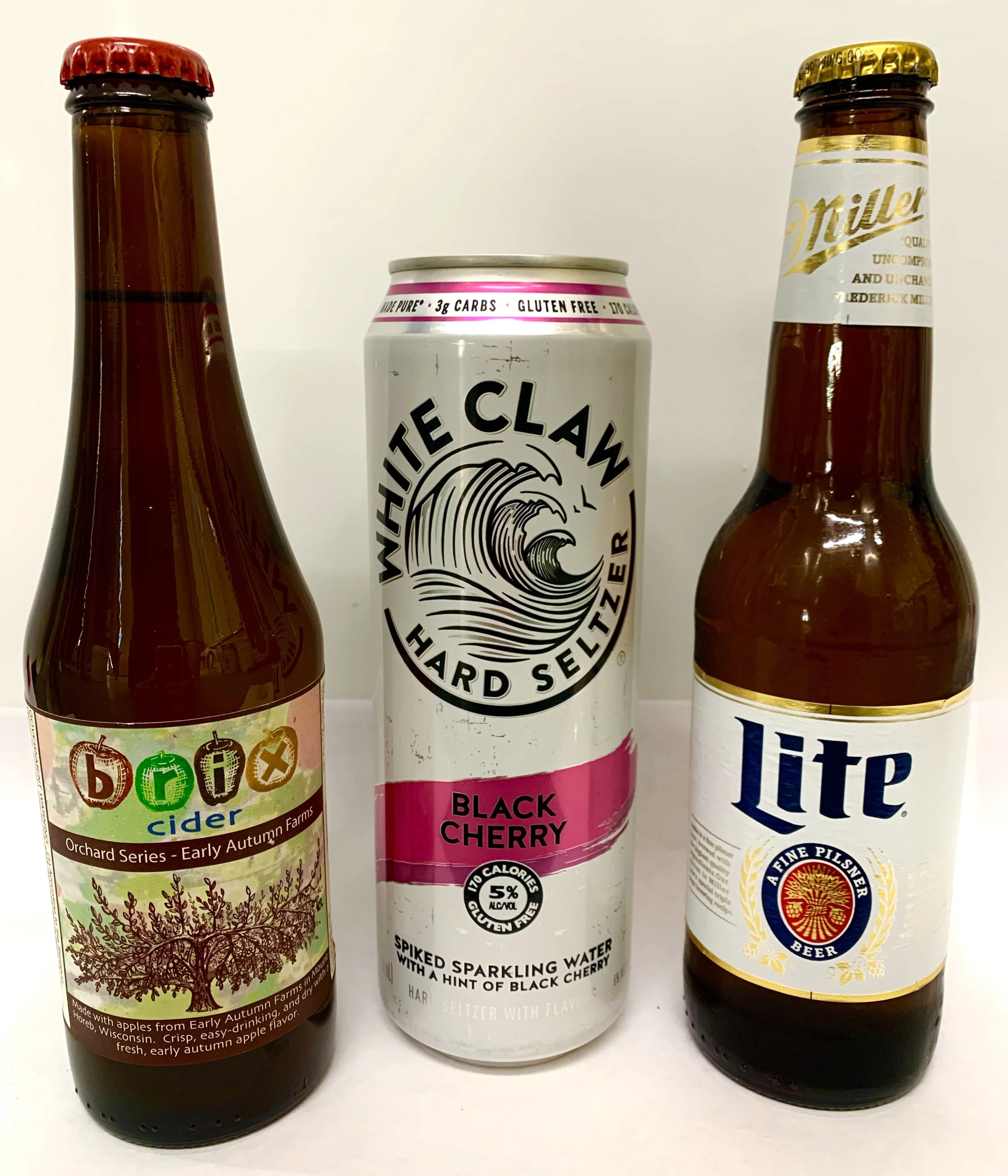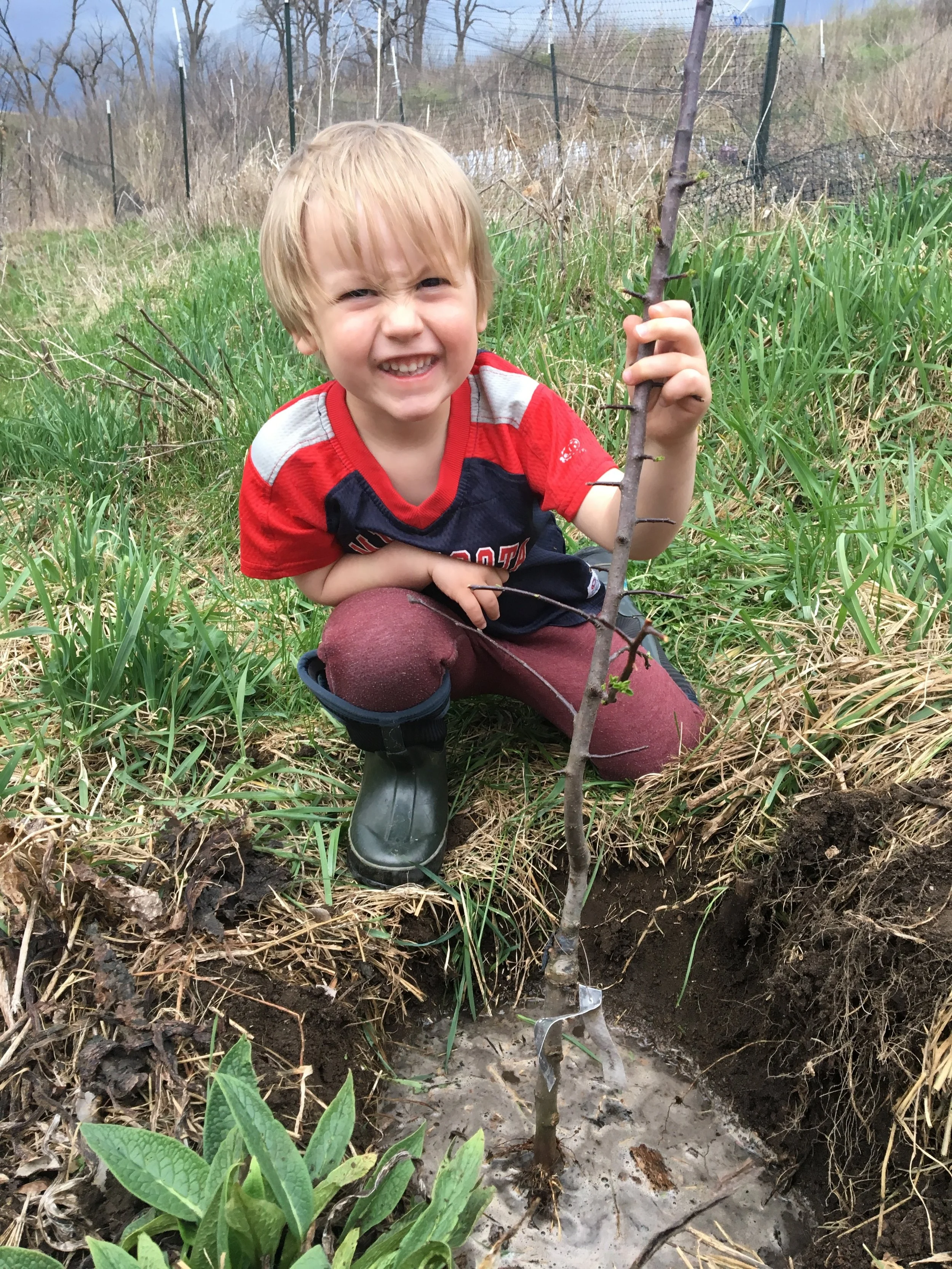Putting the Farm Back in "Farm-to-Table"
Putting the Farm Back in "Farm-to-Table"
As anyone who’s eaten at Brix knows, a quick glance at the chalkboard menu is like a tour of Wisconsin farms and food businesses. Most menu items display labels like Meadowlark Organics (Ridgeway, WI), Seven Seeds Farm (Spring Green, WI), Sungarden Greenhouse (Lancaster, WI) and Munchkey Apples (Mount Horeb, WI). The idea here, of course, is to support Wisconsin farms and businesses while providing the freshest and most sustainable food possible. But what do their farm-to-table labels actually mean in terms of supporting the local food system? In other words, how much local food does Brix actually buy?
Above: Located near Ridgeway, WI, Meadowlark Organics provides local and sustainable grain products to Brix Cider. Photo by Black Krim Creative.
When I set out, at the request of Matt and Marie, to calculate the actual amount of local food purchased by Brix in 2020, I really had no idea what to expect. I’m a graduate student at the University of Wisconsin and have studied local food systems for over five years, but I’ve rarely come across data on the quantity of local food that restaurants actually purchase.
The reason is because “farm-to-table” is an ideology, not a regulated certification. There is no standardization of practice for restaurants who use this label. “Farm to table restaurants” are not obligated to meet any requirements for local purchasing. So while they might display lists of locally-sourced products or partner farms to attract customers, this doesn’t tell me how much of their menu is actually local. The fact that farm-to-table isn’t regulated is not necessarily a bad thing - but it doesn’t tell us much about a restaurant’s actual local food purchasing habits.
Neither does the label “local.” A Google search for “local food purchasing by restaurants” turns up scores of research articles on rising consumer preferences for local food but no actual data itself on how much local food restaurants source. Like farm-to-table, there’s no set standard for defining local within the restaurant industry or even across consumer expectations, and there is no regulating body enforcing local food claims. Without these regulations, it’s easy to be skeptical of a restaurant promoting its local menu without data backing these claims up.
Above: Seven Seeds Farm in Spring Green, WI, produces organic meat products that Brix uses on its menu and sells through their grocery delivery service. Photo by Black Krim Creative.
In part, that’s because rising demand for farm-to-table and locally sourced food products creates more opportunities and incentives for fraud. Farm-to-fable exposés reveal restaurants falsely promoting local foods or using one or two token local food ingredients to give the impression of local sourcing. In order to keep up with consumer demand for local while maintaining profit margins, restaurants perpetuate local food fraud, greenwash the movement, and undermine public trust in labels like farm-to-table.
Then there’s the restaurant distribution companies to factor into the restaurant purchasing industry. Consider Sysco, a multinational, multi-billion dollar food supplier to 600,000 food businesses worldwide. In the past decade, Sysco has advertised integration of locally-sourced foods into their product supply. Encouraging, yes, but Sysco also does not disclose the percentage of spending with local suppliers or percentage of local purchases by restaurants. Although I’m not surprised by the lack of transparency here, it’s still disappointing to feel so in the dark about the extent to which the restaurant industry is actually supporting local food systems.
Without clear data backing up farm-to-table claims, we lose the credibility of the restaurants that really are doing the work to provide local food.
Above: Brix uses pork from Dorothy’s Range in Blanchardville, WI in some menu items, and during apple pressing season, the pigs are fed some of Brix’s leftover apple pomace, closing the loop on this farm-to-table operation. Photo by Black Krim Creative.
So, in the spirit of full farm-to-table transparency, I looked at all of Brix’s food and drink expenditures throughout 2020. I organized each itemized invoice or credit card transaction into a “hierarchy of local”:
Food or drink products purchased directly from Wisconsin farms;
Food or drink products made in Wisconsin and purchased through a secondary source (e.g. Organic Valley dairy);
Food or drink made by a Wisconsin business, but not necessarily with Wisconsin-sourced ingredients (e.g. Driftless chocolates);
Regional food or drink products (e.g. products from the Great Lakes region)
All other products
I then compared the sum of purchases in each category with Brix’s total purchasing for the year. Here’s what I found:
In 2020, 77% of Brix’s total food and drink purchasing for the year directly or indirectly supported Wisconsin farms and food businesses:
52% of purchases were direct from farms;
15% was Wisconsin food products purchased through a secondary supplier;
10% was food products sourced from local Wisconsin businesses;
An additional 9% of food purchasing was from regionally-sourced products, including Minnesota and the Great Lakes Region. Only 13% fell into the category of not local.
52% Direct from farms; 15% Wisconsin food products purchased from a secondary supplier; 10% Food products sourced from Wisconsin businesses; 9% Regional sourcing; 13% not local
Given the challenges of local purchasing (balancing seasonality and available supply with cost), as well as the increasing importance of local food systems in the face of the Covid-19 pandemic, these numbers are particularly inspiring. Sourcing local is not the easy route for restaurants, and the labor and commitment that it took to get to these numbers deserves recognition. It takes time to develop relationships with producers to source directly from their farm. It takes effort to create new menu items from seasonably-available food. Brix does this work so they can honestly call themselves a farm-to-table restaurant. More importantly, though, Brix does this work for me so that I have an opportunity to support Wisconsin farmers and food producers. When I see Brix’s local food labels, I can trust that the food I eat is locally produced and responsibly sourced. I know that I am connecting to a food system that is truly founded on community.
Above: Matt and Marie, owners of Brix Cider, graft apple trees for the Brix Orchard. Photo by Black Krim Creative.
